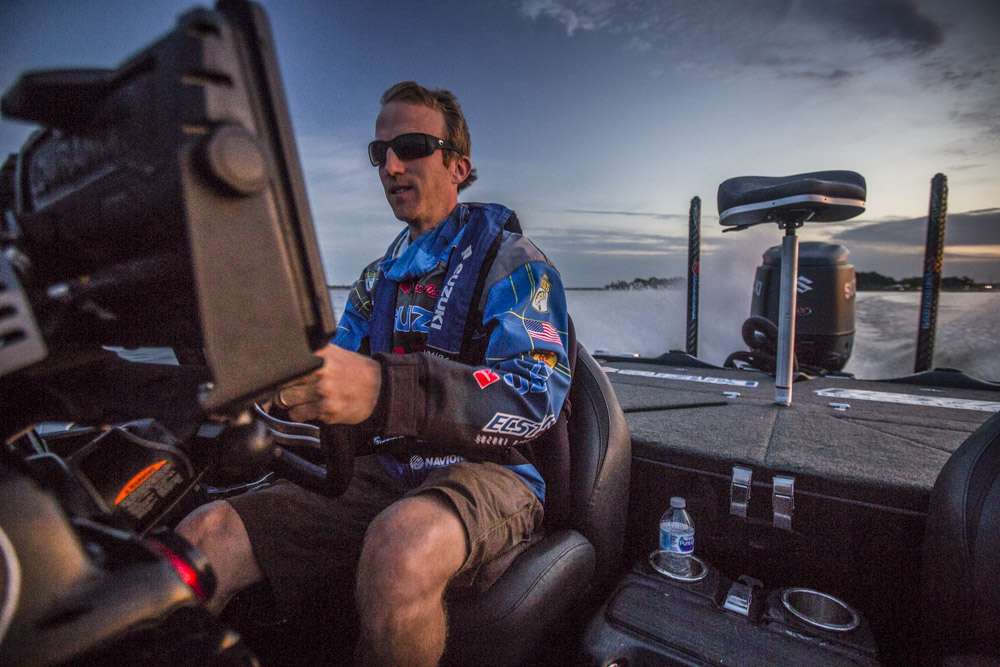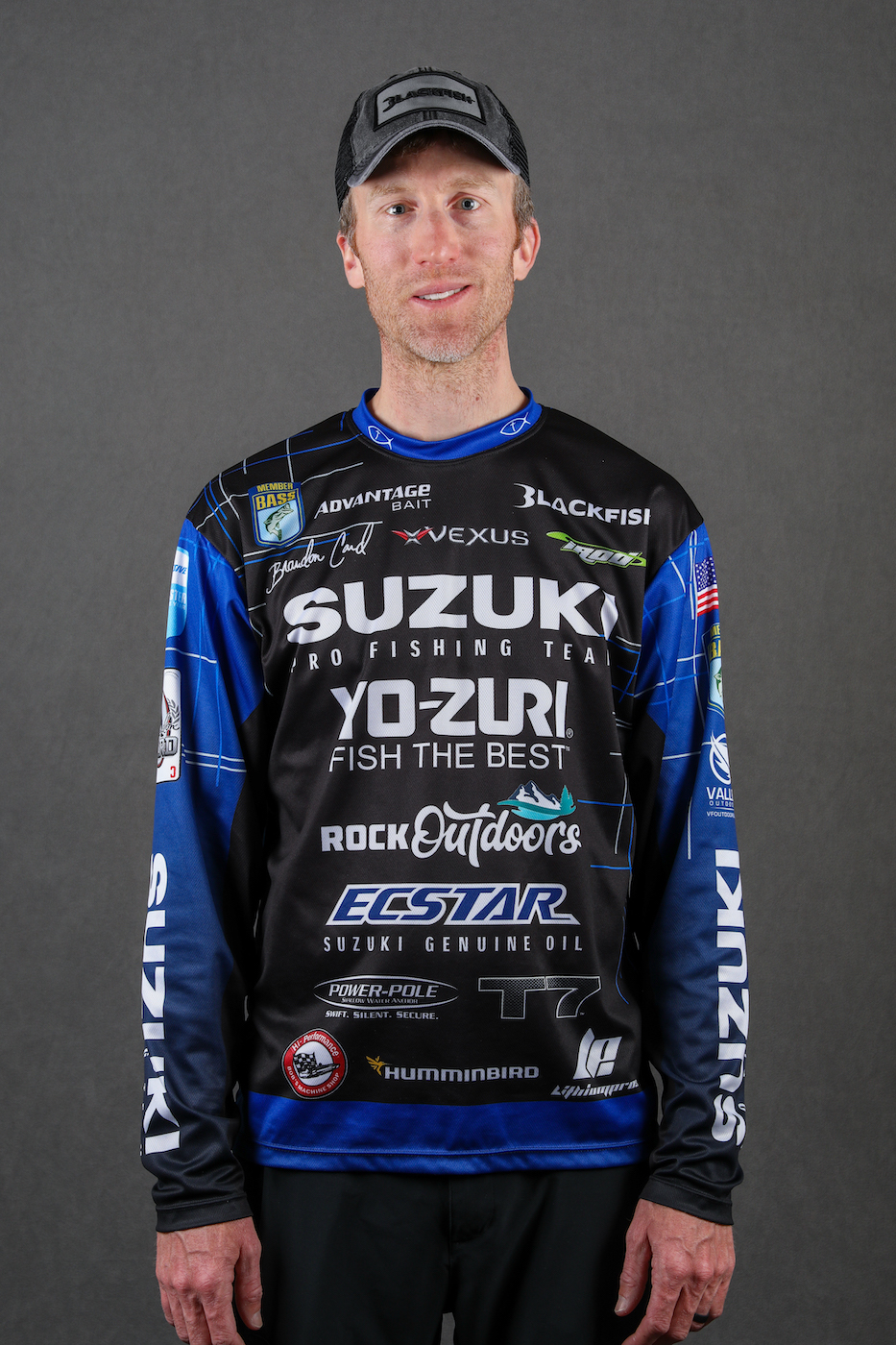
At the start of the season, the first goal for any Bassmaster Elite Series angler is to qualify for the Bassmaster Classic. After a long, diverse 2019 Elite Series season, I’m thankful that I qualified for the 2020 Classic by finishing 22nd in the AOY standings.
At the end of each year, I always like to look back and reflect on what I did right and what I did wrong at each event. I do this to cultivate what I did right and find ways to avoid whatever mistakes I made.
In this two-part series, I will evaluate my positives and negatives of each of the 10 Elite Series events I fished in 2019.
St. Johns River, Florida
I finished 26th at the first Elite tournament of the year on Florida’s St. Johns River. The February event was hard to practice for because we had cold weather leading up to it. An extended warm spell began on the last couple of practice days, and it drastically changed what the bass did throughout the tournament.
In practice, I found shallow prespawn bass relating to main-lake and canal docks. I did well on the first day of the tournament and caught a 9-pound, 5-ounce beast, but things petered out over the next two days.
RIGHT: I found two totally different areas to fish and I maximized what pattern I found.
WRONG: Given the dramatic weather change, I should have tested new water during the tournament. I may have found something better than what I had going.
Lake Lanier, Georgia
A week after the St. Johns tournament, I finished seventh at the Lake Lanier Elite. I prepracticed on Lanier in January prior to the off-limits period. That really helped because I found spotted bass 20- to 40-feet deep in wintering areas.
The spots were still there when the official practice began. That gave me plenty of time to experiment with other things, and I found a shallow to mid-depth cranking pattern to back up the deep fish. Both patterns produced for me during the tournament.
RIGHT: I didn’t get locked into my first deep-water pattern. I needed both patterns to do as well as I did.
WRONG: I lost several big fish on crankbaits the final day that cost me dearly. I might have landed some of those bass if I had experimented more with crankbait colors.
Lake Hartwell, South Carolina
I knew the bass would be spawning at Hartwell in April, so I invested most of my practice time looking for bedding fish. I found some decent bass, but when the tournament started they left me or other people caught them. I had a measly bag the first day.
I invested a lot of time sight fishing the second day without much success. I did catch two or three nice fish off docks. They boosted me up to 49th place, which saved a total disaster.
RIGHT: I did fish some docks instead of casting only for spawners.
WRONG: I should never have targeted spawning bass in the first place. In eight years of fishing as a pro, I have been burned almost every time I have gone for spawners. I would have done far better by only fishing docks the entire tournament.
Winyah Bay, South Carolina
The first time the Elite Series visited Winyah Bay I stayed close and fished a lot of different areas that were not exactly packed with bass. I didn’t give myself enough time in any area for the tides to get right.
This year I made the long run to the Cooper River and stayed put in two grass flats that had a concentration of bass. I gave each area enough time for the tide to get right. One area produced numbers and that’s where I would start. Bites were slower in the other area, but it gave up bigger bass. I would go there to cull. I finished in 30th place.
RIGHT: I hunkered down and didn’t get crazy fishing a lot of different areas. I feel like I made the most out of what I had.
WRONG: I could have fished a little faster in practice and maybe found one more productive area in the Cooper River.
Lake Fork, Texas
Lake Fork was a complete blast, and I’m pleased with how I fished there. I finished in fourth place with 95 pounds, 10 ounces. The key was having a backup plan.
I was getting so many big bites up shallow in practice that I truly believed that was going to be my deal. Thankfully, I also searched for deeper bass and found four or five areas offshore where bass where holding in depths ranging from 10 to 30 feet.
On the first tournament day I pounded my shallow stuff until noon. Shockingly, I only had 11 pounds, which is an embarrassment at Fork. Thankfully, I switched gears and went deep and weighed in a 25-pound sack. Obviously, I didn’t spend much time fishing shallow after that.
RIGHT: I stayed flexible and didn’t get locked into those shallow fish I found in practice or in the tournament itself.
WRONG: I was crushing the deep fish on a crankbait, and I may have failed to give other baits an honest shot. They weren’t eating a crankbait well on the final day. I worked in a football jig and caught my two biggest bass of the day. If I had given a football jig and some other baits serious playing time throughout the tournament I might have caught more and bigger bass.
Stay tuned for my next column where I discuss the second half of the 2019 Elite Series season.
Don’t forget to follow me on Instagram and Facebook.

